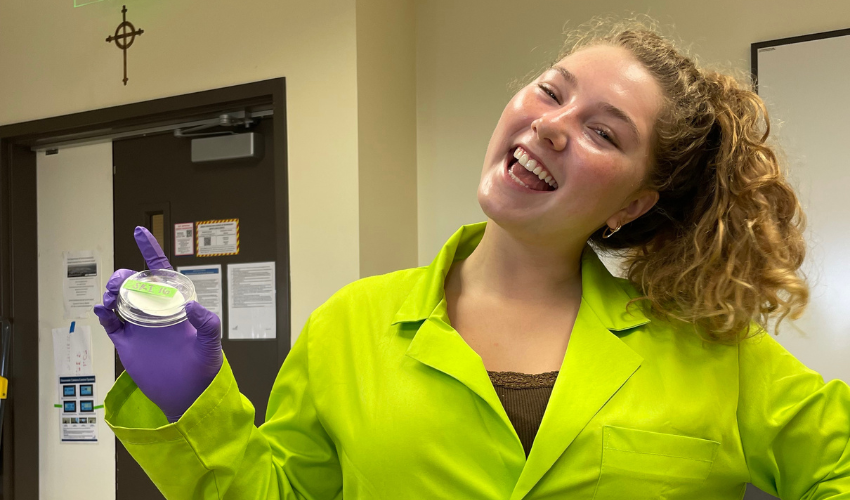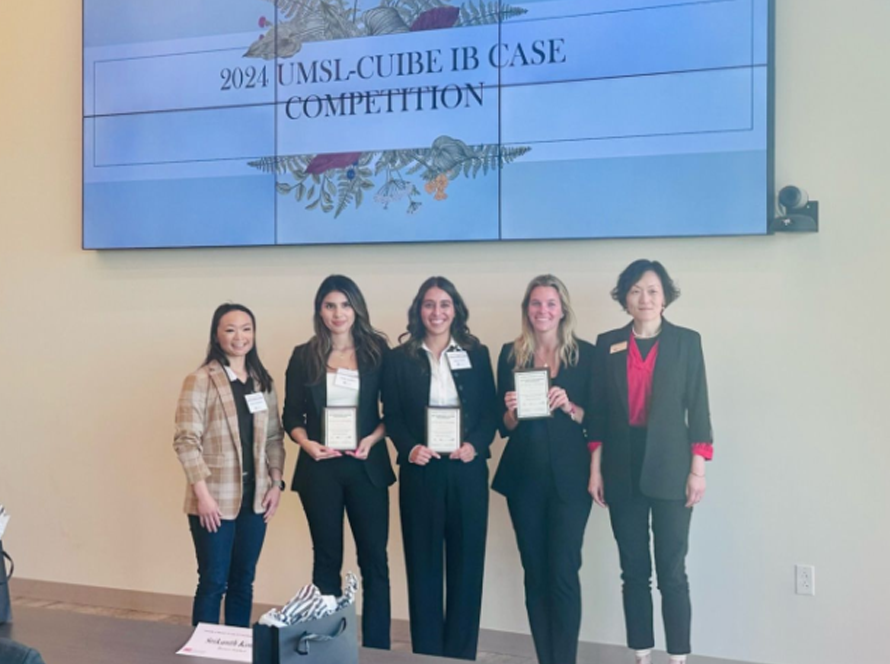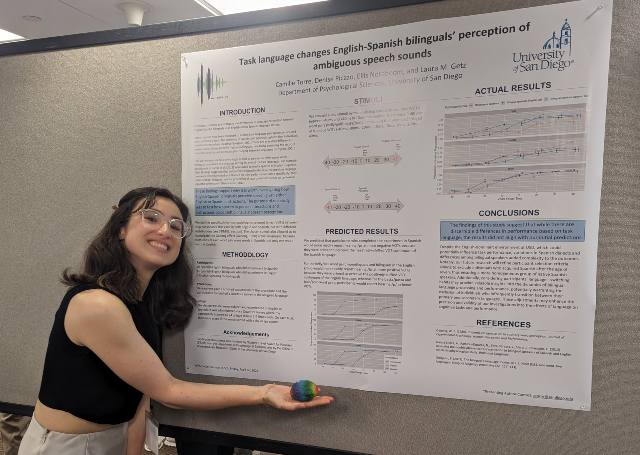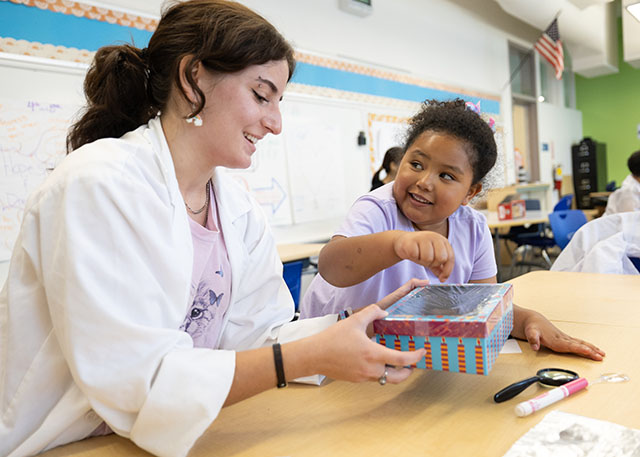Research in Rewind: How Mussels Can Teach Us About Microplastic Pollution

The impact of plastic pollution on marine ecosystems and its implications for human health is a growing concern. A recent study from Science states that more than 10 million tons of plastic enter the ocean each year. A considerable amount of those plastics are microplastics: small fragments and fibers that come from manufactured or synthetic textiles, or the breakdown of larger plastic debris.
Julia Humphrey used her summer undergraduate research experience (SURE) to expand upon current studies looking at the effects of microplastics on marine ecosystems. To do this, she collected mussels from four different sites around Mission Bay to look for clues on what types of microplastics have infiltrated the region.
“Mussels are sessile, which mean they don’t move; they’re also abundant,” Humphrey explains. “They filter feed from the water column and can filter about 50 milliliters of sea water a minute.”
Filtering about ¼ cup of sea water every minute also means these mollusks are susceptible to ingesting and retaining contaminants such as microplastics and metals. Because of this and their abundance, mussels can serve as bioindicators, allowing us to analyze spatial trends to see where microplastics are settling in marine ecosystems and how they are impacting the food chain.
But how does one see fragments and fibers in mussels if they’re microscopic? Humphrey says it’s through an interesting process.
Once she collected the mussels, she took them back to a lab in the Shiley Center for Science and Technology. She then put the mussels’ tissues in a beaker and began breaking them down with a strong form of hydrogen peroxide. This process allowed her to look for microplastics hidden inside the mussels, but it was anything but easy.
“There’s a lot to control for microplastics even in a lab,” says Humphrey. “For example, I can’t wear a typical white or blue lab coat to avoid getting the fibers in my samples. Instead, I wear a bright green lab coat and purple gloves, so if I see any of those fibers, I know it wasn’t originally in the mussel’s tissues.”
Out of the 100 mussels Humphrey looked at, only one of them was free of any microplastics.
“It’s kind of disheartening,” says Humphrey. “I’m also finding that higher mircoplastics are associated with lower condition of mussels. Condition is a measure of mussel ‘fatness,’ so it seems to confirm past research that microplastics may negatively impact mussel health.”
Humphrey says her SURE was a great opportunity to work on her own unique research.
“I appreciate the support and guidance of my advisor, Dr. Steven Searcy, to learn something new every day. I feel fortunate to get to work on my own project and to make connections with other researchers in such a great space.”
– Kelsey Grey ‘15 (BA)
Welcome to Research Month 2024 at the University of San Diego! Research Month is an annual opportunity to showcase the diversity of topics and projects taking place across campus. This year, as we proudly celebrate 10 years of research excellence, we also take a look back at some of the great research-based stories that have been told in recent years. This story originally appeared in USD News Center in September 2022.



